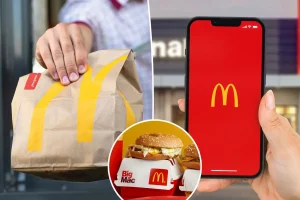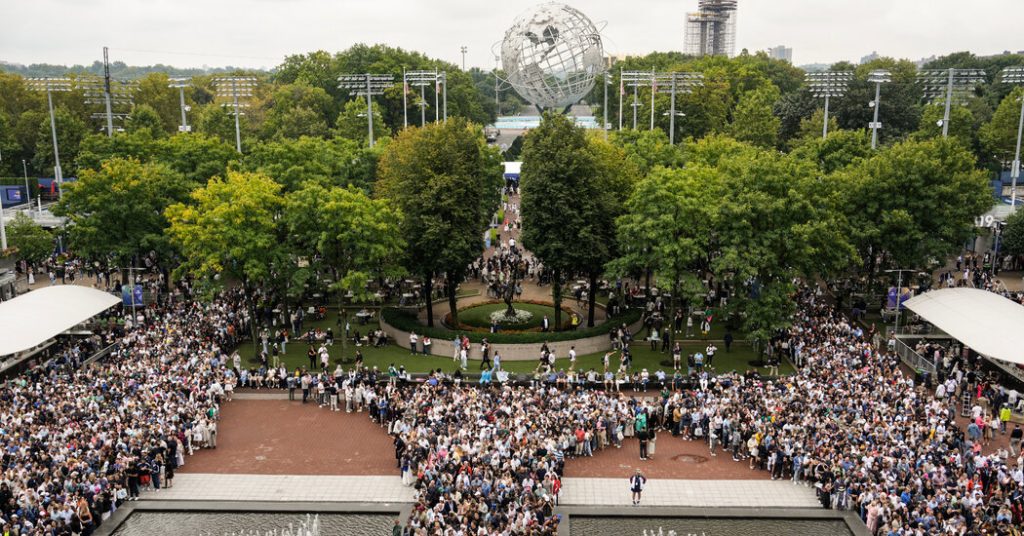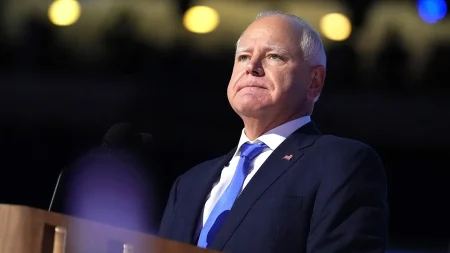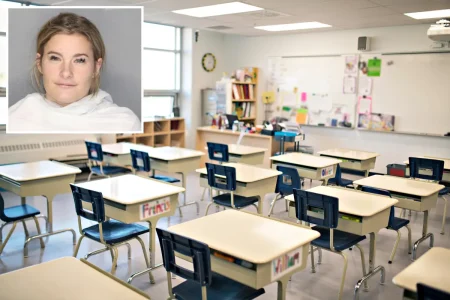The Unusual Start to the U.S. Open Men’s Final
What should have been a seamless beginning to the highly anticipated U.S. Open men’s final between Italy’s Jannik Sinner and Spain’s Carlos Alcaraz turned into an unexpectedly chaotic affair on Sunday. The match, originally scheduled to start at 2 p.m., faced multiple delays, ultimately beginning at 2:48 p.m. – nearly an hour later than planned. The culprit behind this disruption was enhanced security measures implemented for President Trump’s visit to Arthur Ashe Stadium in Flushing, Queens. As the tennis stars waited in the wings, thousands of frustrated fans found themselves stuck in lengthy queues outside the venue, creating an atmosphere of confusion that overshadowed what should have been the tournament’s crowning moment.
President Trump arrived at the luxury suite in the center of the stadium around 1:45 p.m., engaging with several attendees as spectators gradually made their way through the bottlenecked security checkpoints. When he entered the main seating area at 2:30 p.m. for the national anthem, the crowd’s initial reaction was relatively subdued, with no overwhelming display of either approval or disapproval. However, the mood shifted noticeably when Trump appeared on the stadium’s video screens. At that moment, the arena erupted primarily with boos, though some cheers could be heard mingling with the predominantly negative response. Trump’s screen time was brief – just long enough to capture him standing and saluting before the cameras moved on to other subjects.
The setting for this political-sporting intersection carried its own significance. Trump’s suite was positioned along one of the sidelines of center court, directly opposite the umpire’s chair and beneath a sign reading “Arthur Ashe Stadium.” This venue, the world’s largest tennis arena with a capacity exceeding 23,000, bears the name of a pioneering figure in both sports and social justice – Arthur Ashe, the first Black man to win the U.S. Open and a dedicated advocate for civil rights and equality. The juxtaposition of Trump’s controversial presence within a space honoring Ashe’s legacy wasn’t lost on many observers, adding another layer of tension to an already unusual day at the tournament.
The enhanced security measures, reminiscent of TSA airport procedures, drastically slowed the normal entry process that regular attendees had come to expect. Many fans reported waiting approximately 30 minutes just to gain access to the stadium – a significant delay for an event where punctuality is typically emphasized. The security bottleneck meant that when the players finally took to the court, hundreds of ticket holders were still queuing outside, missing the opening moments of what many considered the most important match of the tournament. This disruption to the traditional flow of the event left many long-time attendees feeling frustrated with the handling of the presidential visit.
Alma Alcantara, a financial adviser from Austin, Texas, and a dedicated tennis fan who hasn’t missed a U.S. Open in a decade, summarized the sentiment of many when she described the scene as one of “confusion and chaos.” The breakdown in organization extended beyond just the lengthy wait times. Alcantara noted a particularly ironic example of the day’s poor coordination: fans had received small deodorant bars as promotional gifts from Dove, only to have these same items confiscated when they reached the security checkpoints. “Kind of a lack of communication,” she observed – an understated description for what many experienced as a significant disruption to their carefully planned day of championship tennis.
While the match between Sinner and Alcaraz would eventually proceed to showcase world-class tennis, the unusual start to the final created a storyline that extended beyond the boundaries of sport. The presidential visit transformed what should have been a straightforward championship match into an event where politics, security concerns, and athletics uncomfortably intersected. For the players, who had spent two weeks navigating the physical and mental challenges of a Grand Slam tournament, the additional wait and disrupted routine represented yet another obstacle on their path to potential glory. And for the thousands of fans who had traveled from across the country and around the world to witness tennis history, the experience served as a reminder that even the most meticulously planned sporting events can sometimes find themselves at the mercy of forces far beyond the baseline.











